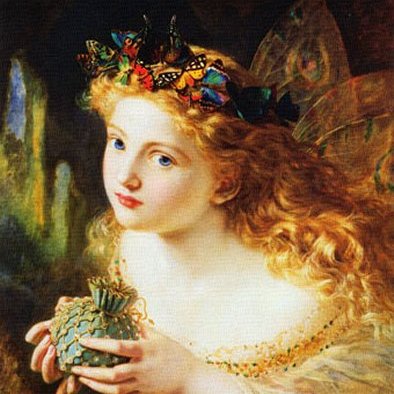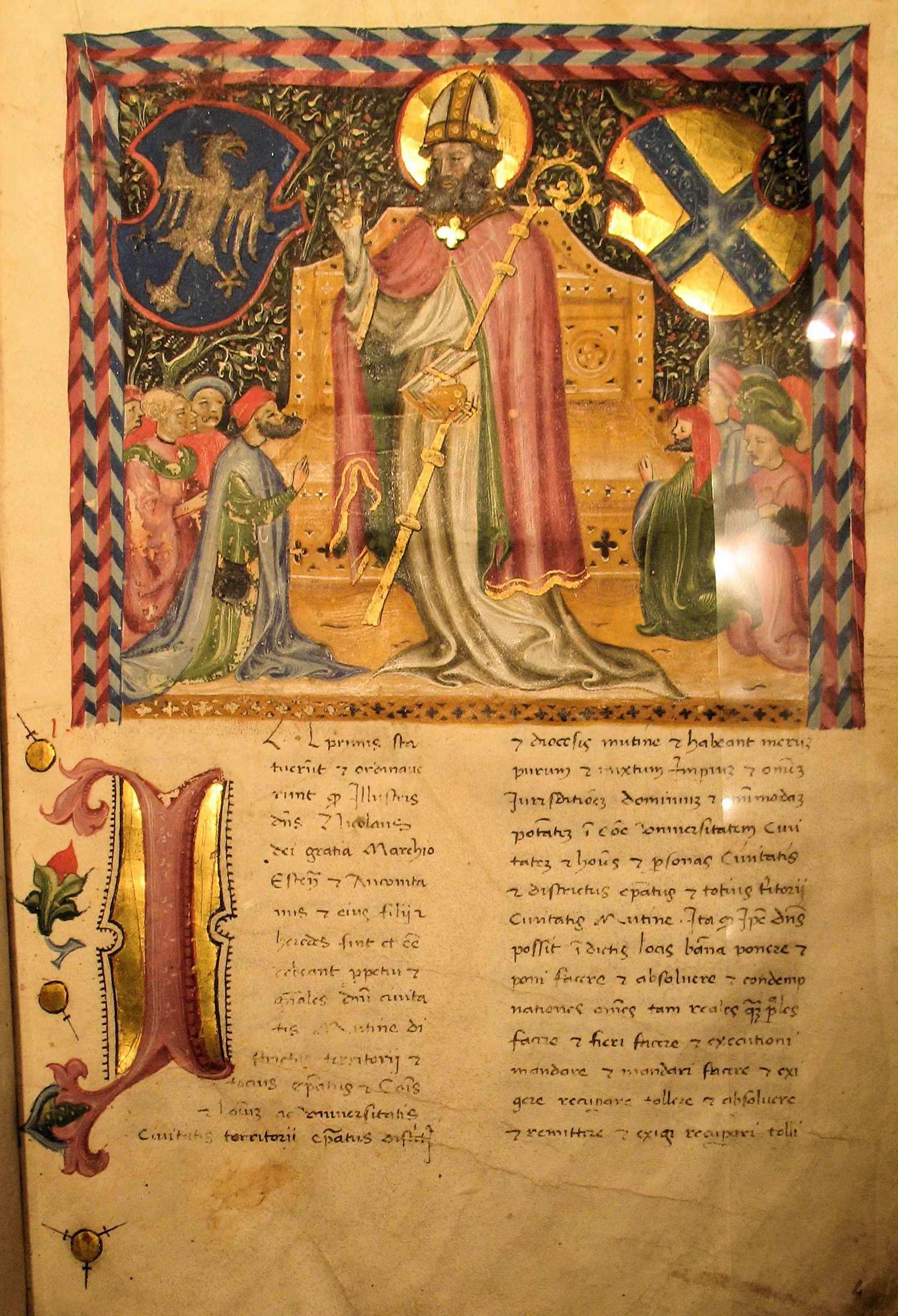|
Mark Of Cornwall
Mark of Cornwall (, , , ) was a sixth-century King of History of Cornwall, Kernow (Cornwall), possibly identical with King Conomor. As Mark or Marc (''Marc'h''), he is best known for his appearance in King Arthur, Arthurian legend as the uncle of Tristan and the husband of Iseult, who engages with Tristan in a secret liaison, giving Mark the epithet "Cuckold King". King Mark In Old Welsh records, Mark is recorded as "March son of Meirchion" of Kernow (Cornwall). He is associated with governing portions of Gwynedd and Glamorgan in Wales. The distance of these areas from modern day Cornwall may indicate that Mark was in fact a ruler of the eponymous Cornovii. Mark has been identified with Conomor, a king of Domnonea and Kernev (Domnonée and Cornouaille) in Armorica. In his ''Life of St. Paul Aurelian, Pol de Leon'', Wrmonoc of Landévennec refers to a "King Marc whose other name is Quonomorus". Also rendered as ''Cunomorus'', the name means "Hound-of-the-sea".Thomas, Charles ... [...More Info...] [...Related Items...] OR: [Wikipedia] [Google] [Baidu] |
King Mark Of Cornwall 11400
King is a royal title given to a male monarch. A king is an Absolute monarchy, absolute monarch if he holds unrestricted Government, governmental power or exercises full sovereignty over a nation. Conversely, he is a Constitutional monarchy, constitutional monarch if his power is restrained by fixed laws. Kings are Hereditary monarchy, hereditary monarchs when they inherit power by birthright and Elective monarchy, elective monarchs when chosen to ascend the throne. *In the context of prehistory, antiquity and contemporary indigenous peoples, the title may refer to tribal kingship. Germanic kingship is cognate with Indo-European languages, Indo-European traditions of tribal rulership (cf. Indic ''rājan'', Gothic ''reiks'', and Old Irish ''rí'', etc.). *In the context of classical antiquity, king may translate in Latin as ''rex (king), rex'' and in Greek as ''archon'' or ''basileus''. *In classical European feudalism, the title of ''king'' as the ruler of a ''kingdom'' is und ... [...More Info...] [...Related Items...] OR: [Wikipedia] [Google] [Baidu] |
Fowey
Fowey ( ; , meaning ''beech trees'') is a port town and civil parishes in England, civil parish at the mouth of the River Fowey in south Cornwall, England, United Kingdom. The town has been in existence since well before the Norman invasion, with the local church first established some time in the 7th century; the estuary of the River Fowey forms a natural harbour which enabled the town to become an important trading centre. Privateers also made use of the sheltered harbourage. The Lostwithiel and Fowey Railway brought China clay here for export. History Early history The Domesday Book survey at the end of the 11th century records manors at Penventinue and Trenant, and a priory was soon established nearby at Tywardreath. the prior granted a charter to people living in Fowey itself. This medieval town ran from a north gate near Boddinick Passage to a south gate at what is now Lostwithiel Street; the town extended a little way up the hillside and was bounded on the other side b ... [...More Info...] [...Related Items...] OR: [Wikipedia] [Google] [Baidu] |
Breton Lai
A Breton lai, also known as a narrative lay or simply a lay, is a form of medieval French and English romance literature. Lais are short (typically 600–1000 lines), rhymed tales of love and chivalry, often involving supernatural and fairy-world Celtic motifs. The word "lay" or "lai" is thought to be derived from the Old High German and/or Old Middle German ''leich'', which means play, melody, or song, or as suggested by Jack Zipes in ''The Oxford Companion to Fairy Tales'', the Irish word ''laid'' (song).Zipes, 62 Zipes writes that Arthurian legends may have been brought from Wales, Cornwall and Ireland to Brittany; on the continent the songs were performed in various places by harpists, minstrels, storytellers.Zipes, Jack, ''The Oxford Companion to Fairytales''. Oxford UP. 2009 62-63 Zipes reports the earliest recorded lay is Robert Biker's Lai du Cor, dating to the mid- to late-12th century. The earliest of the Breton lais to survive are probably '' The Lais of Marie de ... [...More Info...] [...Related Items...] OR: [Wikipedia] [Google] [Baidu] |
Marie De France
Marie de France (floruit, fl. 1160–1215) was a poet, likely born in France, who lived in England during the late 12th century. She lived and wrote at an unknown court, but she and her work were almost certainly known at the royal court of King Henry II of England. Virtually nothing is known of her life; both her given name and its geographical specification come from manuscripts containing her works. However, one written description of her work and popularity from her own era still exists. She is considered by scholars to be the first woman known to write francophone verse. Marie de France wrote in Old French, possibly the Anglo-Norman language, Anglo-Norman variety. She was proficient in Latin, as were most authors and scholars of that era, as well as Middle English and possibly Breton language, Breton. She is the author of the ''Lais of Marie de France''. She translated Aesop's Fables from Middle English into Anglo-Norman French and wrote ''Espurgatoire seint Partiz'', ''Leg ... [...More Info...] [...Related Items...] OR: [Wikipedia] [Google] [Baidu] |
Béroul
Béroul (or Beroul; Norman ) was a Norman or Breton poet of the mid-to-late 12th century. He is usually credited with the authorship of ''Tristran'' (sometimes called ''Tristan''), a Norman language version of the legend of Tristan and Iseult, of which just under 4500 verses survive in a manuscript of the 13th century. His name is known only from two references in the text of the poem. ''Tristran'' is the earliest representation of the "common" or "vulgar" version of the legend (the earliest surviving "courtly" version being Thomas of Britain's). The first half of Béroul's poem is closely paralleled by and related to Eilhart von Oberge's treatment in German from the same century, and many of the episodes that appear in Béroul but not Thomas reappear in the later Prose ''Tristan''. Because of its early date, Béroul's ''Tristran'' has been used extensively for the purpose of textual criticism, especially in the effort to reconstruct the "Ur-Tristan," the hypothetical first a ... [...More Info...] [...Related Items...] OR: [Wikipedia] [Google] [Baidu] |
Leper Colony
A leper colony, also known by many other names, is an isolated community for the quarantining and treatment of lepers, people suffering from leprosy. '' M. leprae'', the bacterium responsible for leprosy, is believed to have spread from East Africa through the Near East, Europe, and Asia by the 5th century before reaching the rest of the world more recently. Historically, leprosy was believed to be extremely contagious and divinely ordained, leading to enormous stigma against its sufferers. Other severe skin diseases were frequently conflated with leprosy and all such sufferers were kept away from the general public, although some religious orders provided medical care and treatment. Recent research has shown ''M. leprae'' has maintained a similarly virulent genome over at least the last thousand years, leaving it unclear which precise factors led to leprosy's near elimination in Europe by 1700. A growing number of cases following the first wave of European colonization, ... [...More Info...] [...Related Items...] OR: [Wikipedia] [Google] [Baidu] |
Medieval Literature
Medieval literature is a broad subject, encompassing essentially all written works available in Europe and beyond during the Middle Ages (that is, the one thousand years from the fall of the Western Roman Empire ca. AD 500 to the beginning of the Renaissance in the 14th, 15th or 16th century, depending on country). The literature of this time was composed of religious writings as well as secular works. Like modern literature, it is a broad field of study, from the utterly sacred to the exuberantly profane, touching all points in between. Works of literature are often grouped by place of origin, language, and genre. Languages Outside of Europe, medieval literature was written in Geʽez, Ethiopic, Syriac language, Syriac, Coptic language, Coptic, Japanese language, Japanese, Chinese language, Chinese, and Arabic, among many other languages. In Western Europe, Latin was the common language for medieval writing, since Latin was the language of the Roman Catholic Church, which domin ... [...More Info...] [...Related Items...] OR: [Wikipedia] [Google] [Baidu] |
Gaelic Ireland
Gaelic Ireland () was the Gaelic political and social order, and associated culture, that existed in Ireland from the late Prehistory of Ireland, prehistoric era until the 17th century. It comprised the whole island before Anglo-Norman invasion of Ireland, Anglo-Normans conquered parts of Ireland in the 1170s. Thereafter, it comprised that part of the country not under foreign dominion at a given time (i.e. the part beyond The Pale). For most of its history, Gaelic Ireland was a "patchwork" hierarchy of territories ruled by a hierarchy of kings or chiefs, who were chosen or elected through tanistry. Gaelic warfare, Warfare between List of Irish kingdoms, these territories was common. Traditionally, a powerful ruler was acknowledged as High King of Ireland. Society was made up of Irish clans, clans and, like the rest of History of Europe, Europe, was structured hierarchically according to Social class, class. Throughout this period, the economy was mainly Pastoralism, pastoral a ... [...More Info...] [...Related Items...] OR: [Wikipedia] [Google] [Baidu] |
Edward Burne-Jones - King Mark And La Belle Iseult - Google Art Project
Edward is an English male name. It is derived from the Anglo-Saxon name ''Ēadweard'', composed of the elements '' ēad'' "wealth, fortunate; prosperous" and '' weard'' "guardian, protector”. History The name Edward was very popular in Anglo-Saxon England, but the rule of the Norman and Plantagenet dynasties had effectively ended its use amongst the upper classes. The popularity of the name was revived when Henry III named his firstborn son, the future Edward I, as part of his efforts to promote a cult around Edward the Confessor, for whom Henry had a deep admiration. Variant forms The name has been adopted in the Iberian peninsula since the 15th century, due to Edward, King of Portugal, whose mother was English. The Spanish/Portuguese forms of the name are Eduardo and Duarte. Other variant forms include French Édouard, Italian Edoardo and Odoardo, German, Dutch, Czech and Romanian Eduard and Scandinavian Edvard. Short forms include Ed, Eddy, Eddie, Ted, Teddy and ... [...More Info...] [...Related Items...] OR: [Wikipedia] [Google] [Baidu] |
Meliadus
Meliodas or Meliadus is a figure in Arthurian legend in the 12th-century Prose ''Tristan'' and subsequent accounts. In Thomas Malory's ''Le Morte d'Arthur'', he is the second king of Lyonesse, son of Felec of Cornwall and vassal of King Mark. Meliodas' first wife, Elizabeth, who bore the hero Tristan, was Mark's sister, and his second wife was a daughter or sister of Hoel of Brittany. He is the eponymous protagonist of the romance ''Meliadus''. The Italian variant ''Tristano Riccardiano'' calls him Felix (''Felissi''). ''Meliadus'' The French romance ''Meliadus'' is a part of the greater work known as '' Palamedes'', a series of tales based on the Prose ''Tristan'' and the ''Lancelot-Grail'' cycle but going back to the heroes of the previous generation. Uther Pendragon, father of Arthur is still alive, and so are the fathers of Erec and Tristan. The title refers to the Saracen knight Palamedes, whose father Esclabor also plays a role. Certain manuscripts identify Palamedes ... [...More Info...] [...Related Items...] OR: [Wikipedia] [Google] [Baidu] |
Blancheflor
Blanchefleur ("white flower", also ''Blancheflor'', ''Blancheflour'', ''Blanziflor'') is the name of a number of characters in literature of the High Middle Ages. Except for in ''Perceval, the Story of the Grail'', Blanchefleur is typically a character who reflects her name—an image of purity and idealized beauty. Characters Characters with the name include: * The mother of Tristan and wife of Lord Rivalin, in Gottfried von Strassburg's version of the ''Tristan and Iseult''. She dies in childbirth. * The heroine of ''Floris and Blancheflour, Floris and Blanchefleur''. * Daughter of Thierry, King of Morianel, in ''Garin le Loherain''. * Lover of Percival in Chrétien de Troyes' ''Perceval, the Story of the Grail''. * A title character in the British song, "Blancheflour and Jollyflorice" ("which shares almost nothing of substance" with ''Floris and Blanchefleur'') Name and meaning The name, in ''Floris and Blanchefleur'', is a reference to Easter Sunday: both Floris and Blanchefl ... [...More Info...] [...Related Items...] OR: [Wikipedia] [Google] [Baidu] |
Tristan And Iseult
Tristan and Iseult, also known as Tristan and Isolde and other names, is a medieval chivalric romance told in numerous variations since the 12th century. Of disputed source, usually assumed to be primarily Celtic nations, Celtic, the tale is a tragedy about the illicit love between the Cornish people, Cornish knight Tristan and the Irish princess Iseult in the days of King Arthur. During Tristan's mission to escort Iseult from Ireland in the Middle Ages, Ireland to marry his uncle, King Mark of Cornwall, Tristan and Iseult ingest a love potion, instigating a forbidden love affair between them. The legend has had a lasting impact on Western culture. Its different versions exist in many European texts in various languages from the Middle Ages. The earliest instances take two primary forms: the so-called courtly and common branches, respectively associated with the 12th-century poems of Thomas of Britain and Béroul, the latter believed to reflect a now-lost original tale. A subse ... [...More Info...] [...Related Items...] OR: [Wikipedia] [Google] [Baidu] |








